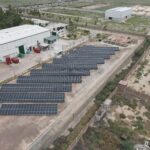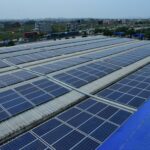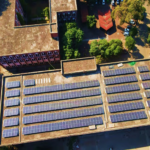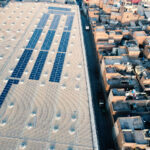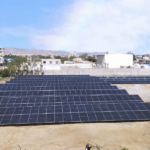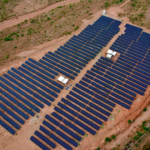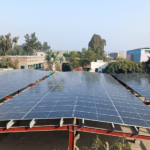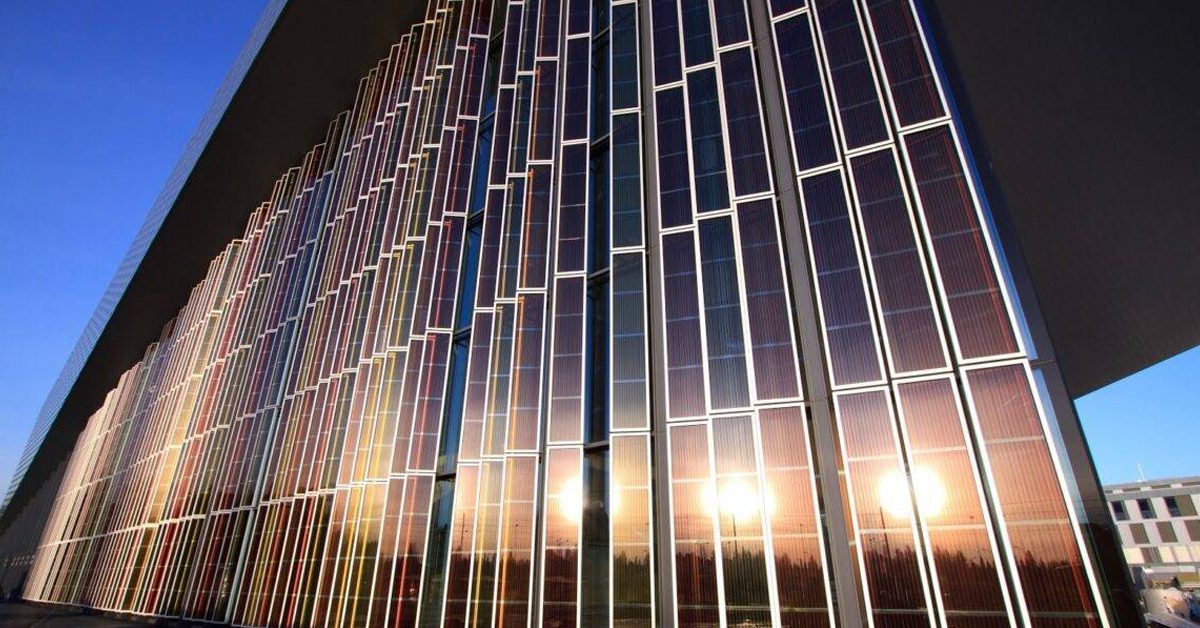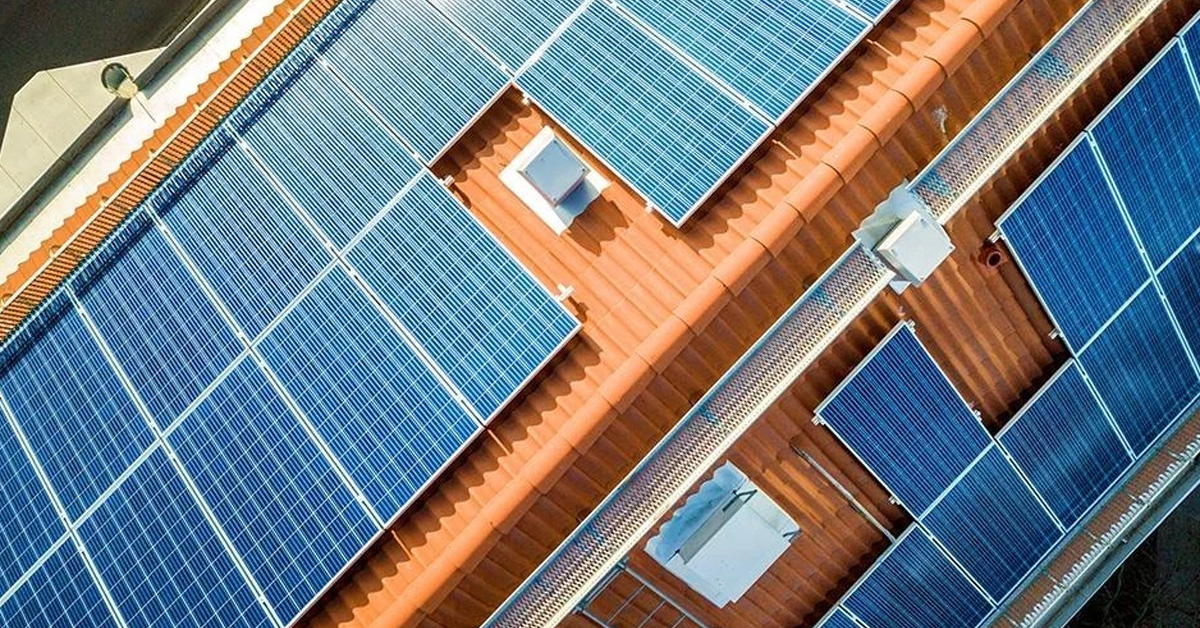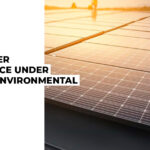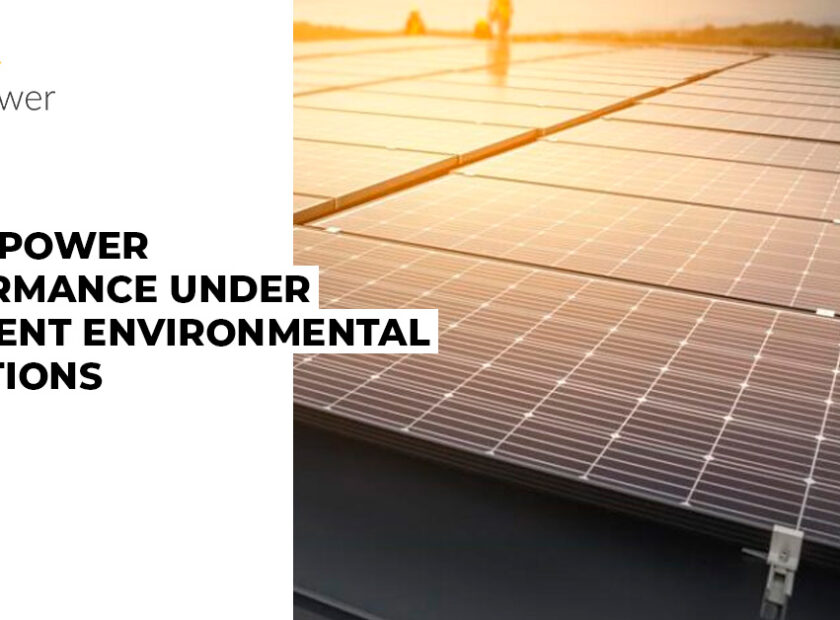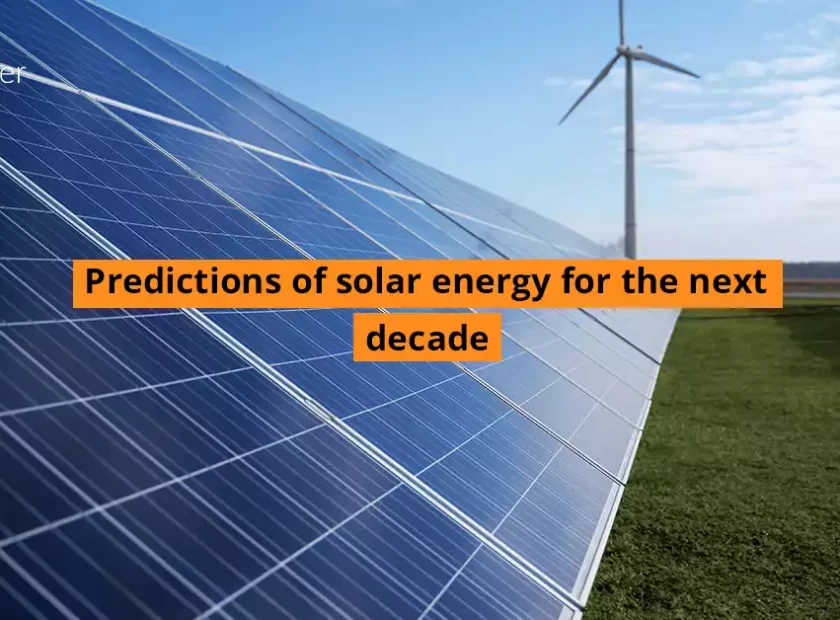Many countries now utilize solar power to fulfill their decarbonization goals and prefer investing in Solar PV Systems instead of coal or gas power plants. Similarly, the business ecosystem is also experiencing a shift where now sustainability objectives are being prioritized. Solar energy is a promising alternative to fossil fuels, as the major input of sunlight is found in abundance and is free.
Let’s look at a few of the global solar innovations and their benefits found globally.
Efficient solar cells for Solar Panel Systems
Efficient Solar cell has been one of the most impressive solar achievements globally. It has led to a 31.6% increase in the conversion rate of solar energy to electric current, as compared to the previous ones.
Windows with Solar Cells
A solar window is a solar cell that serves as transparent glass and produces solar energy. Besides being cost-saving, it is considered eco-friendly and does not take any extra space. It can be effectively used for both commercial buildings and households.
Solar Powered Cars
Another technological advancement in the solar world is solar-powered automobiles. This innovation can transform solar energy into electricity to power a car’s engine. It does with the concept of Solar-to-fuel conversion that makes hydrogen fuel using solar energy. Hence, solar-powered cars can help to cut down the dependence on oil/petrol/diesel and CNG base cars.
Sun-Tracking Solar Cells
Solar cells that follow the sun from east to west throughout the day were launched in December 2016. These solar cells are bowl-shaped and can be used in a Solar PV System. It employs solar trackers to track the sun to gather more of its energy. Hence, this will help produce maximum energy for the commercial and industrial sectors.
Solar cells are printable
The printing of solar cells onto thin plastic sheets was launched in February 2017. The thickness of these solar cells is only about half a millimeter. They can be folded up because of their elasticity. They are also durable enough to avoid harm when struck by a car or submerged in water.
Solar cells made of silicon
Silicon solar cells have become one of the most direct sources of electricity from renewable energy sources. Researchers have also developed a bifacial silicon solar cell with efficiencies of 23.3% on the front and 23.4% on the back, thus increasing the solar cell efficiency record by 29.52 percent in December 2020. Hence, according to the International Energy Agency’s 2020 energy outlook research, these silicon cells based solar energy systems are producing the cheapest commercial electricity in history.
Photovoltaics integrated into buildings
Building-integrated photovoltaics (BIPVs) refers to incorporating photovoltaic qualities into the essential building components rather than rooftop solar panels. It means exteriors, roofs, glass windows, and all other types of shading producing the electricity that powers buildings. BIPVs effortlessly integrate into the architecture of the building, thus eliminating away the requirement for a separate mounted solar PV system installation.
How Solar tech advancements are changing the game of the solar industry
Enhancing Effectiveness
Manufacturers of solar cells and modules are still exploring ways to increase the effectiveness of solar panel systems. The solar conversion efficiency of 25% has been attained this year with the help of crystalline silicon technologies.
Thin-film techniques
Around 90% of the solar market has continued to be dominated by thin-film PV panels which have increased solar energy production.
Agrivoltaics
The solar business has a small but expanding sector dedicated to maximizing agricultural land use by covering crops with solar energy systems. Farms can be run self-sufficient with the help of solar energy. Moreover, solar panel shading can enhance yields while lowering water demand by minimizing evaporation.
Conclusion
Over the year, we have seen multiple solar tech innovations that bring positive hope for a sustainable environment. Hence, with these technologies, the planet can reduce carbon emissions for a greener and more prosperous future.
[/vc_column_text][/vc_column][/vc_row]


